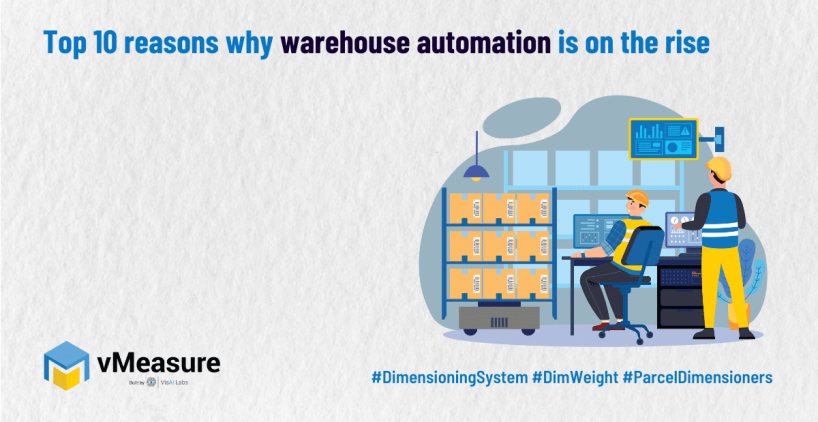Warehouse Automation Is On The Rise
Contents
- Summary
- Introduction
- Warehouse Automation- Why They Are Becoming More Popular
- Automation in warehouses is not a novel idea. Why Is It Currently So Popular?
- How can static dimensioning systems optimize warehouse operations?
- Improves warehouse efficacy
- The top ten persuasive arguments for warehouse automation right away!
- Conclusion
Summary
Introduction
Warehouse Automation- Why They Are Becoming More Popular
Automation in warehouses is not a novel idea. Why Is It Currently So Popular?
The following are the three primary causes of the current increase in popularity of warehouse automation:
Increasing property and labor costs
Increased customer expectations
More regular and complex order requests
Modern warehouse automation strategies that drive more profitability
Static dimensioning system
How can static dimensioning systems optimize warehouse operations?
The three novel approaches to employing the static dimensioning system to optimize warehouse operations are as follows:
Increase productivity
Organizing slotting and maximizing storage
Improves warehouse efficacy
The technology in the warehouse will have an enormous impact on warehouse quality. Since insufficient warehouse operations force the firm to increase its employees to maintain good standards, this is one of logistics organizations’ most important business priorities and differentiators.
Autonomous robots:
Warehouse drones
The top ten persuasive arguments for warehouse automation right away!
The top 10 reasons why warehouse automation is increasing are listed in the listicles below:
Reduced human errors
Improve warehouse performance and analysis
Outstanding quality management
Enhanced information security
Reduced shipping costs
We can greatly increase the effectiveness and operation of the warehouses and save shipping costs with suitable warehouse automation, such as an automated dimensioning system.
Expanded accuracy in order fulfillment
Enhanced warehouse throughput
Warehouse throughput refers to the procedure of sorting and transferring a large number of units through your warehouse, whether during stocking, inventory, or order fulfillment. We may effectively boost warehouse throughput by implementing an appropriate warehouse system.
Decreased costs for handling and storage
Decreased stockout events
Increased customer satisfaction
Conclusion
Are you planning to automate your warehouse? Then, deploying static dimensioning systems would be perfect beginning for incorporating automation in your workspace. Click here to learn more about the vMeasure static dimensioning system.
